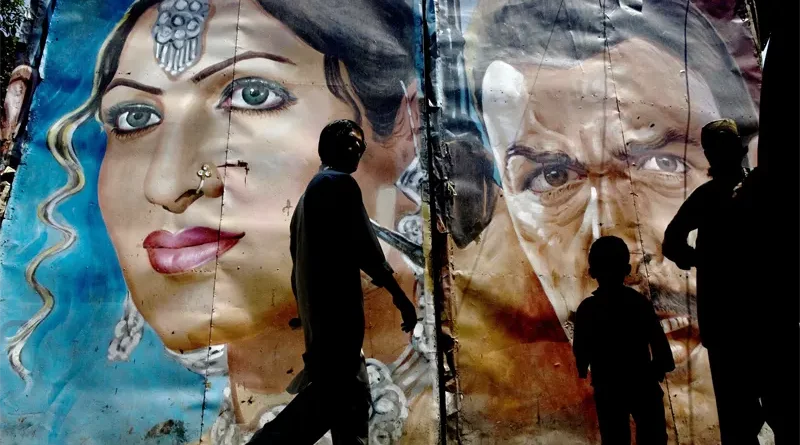Amazing History of Lollywood Film Industry
Lollywood Film Industry
Lollywood Film Industry is also known as Pakistani film industry, dates back to the late 1940s. At that time, Pakistan was newly independent and film was seen as a means of promoting the country’s cultural identity. The first Pakistani film, Teri Yaad, was released in 1948.
Socially Conscious Films
In the 1950s and 1960s, Lollywood was known for producing patriotic and socially conscious films. The industry was thriving and several new film studios were established, including Evernew Studios and Pancholi Art Pictures. This period saw the release of some of Lollywood’s most memorable films, such as Heer Ranjha and Jugnu, which are still widely regarded as classics today.
Increasing Competition
However, the 1970s saw a decline in the Pakistani film industry as a result of increasing competition from Bollywood and Hollywood, as well as the migration of many talented actors and filmmakers to the West. Additionally, the political and economic turmoil of the 1970s and 1980s also took a toll on Lollywood, as many cinemas closed and film production slowed down.

New Technology
Despite these challenges, the 1990s saw a resurgence in the Pakistani film industry, with the release of several critically acclaimed films, such as Mujhe Chand Chahiye and Jeeva. This period also saw the introduction of new technology, such as digital cameras, which made film production more affordable and accessible.
In recent years, the Pakistani film industry has been making a gradual comeback, with the release of several new films that have been well received by audiences. This includes films such as Jawani Phir Nahi Ani, Verna, and Parey Hut Love. Additionally, the rise of digital platforms, such as Netflix and Amazon Prime, has provided new opportunities for filmmakers to reach audiences both in Pakistan and around the world.
Challenges
Despite these positive developments, however, the Pakistani film industry still faces several challenges. One of the main issues is the lack of a proper distribution system, which makes it difficult for filmmakers to reach audiences. Additionally, there is still a shortage of investment in the industry, which makes it difficult for filmmakers to finance their projects.
Digital Platforms
Despite these challenges, the future of the Pakistani film industry is looking bright. With the growth of digital platforms and the increasing popularity of Pakistani dramas and films, there is a growing demand for high-quality content. Additionally, the rise of a new generation of talented filmmakers and actors is providing fresh energy and new perspectives to the industry.
Conclusion
In conclusion, the history of Lollywood has been marked by both highs and lows. Despite the challenges it has faced, the Pakistani film industry has remained resilient and continues to grow. As the world becomes increasingly connected and the demand for diverse, high-quality content grows, the future of Lollywood looks bright.
Submit by: Web Desk




